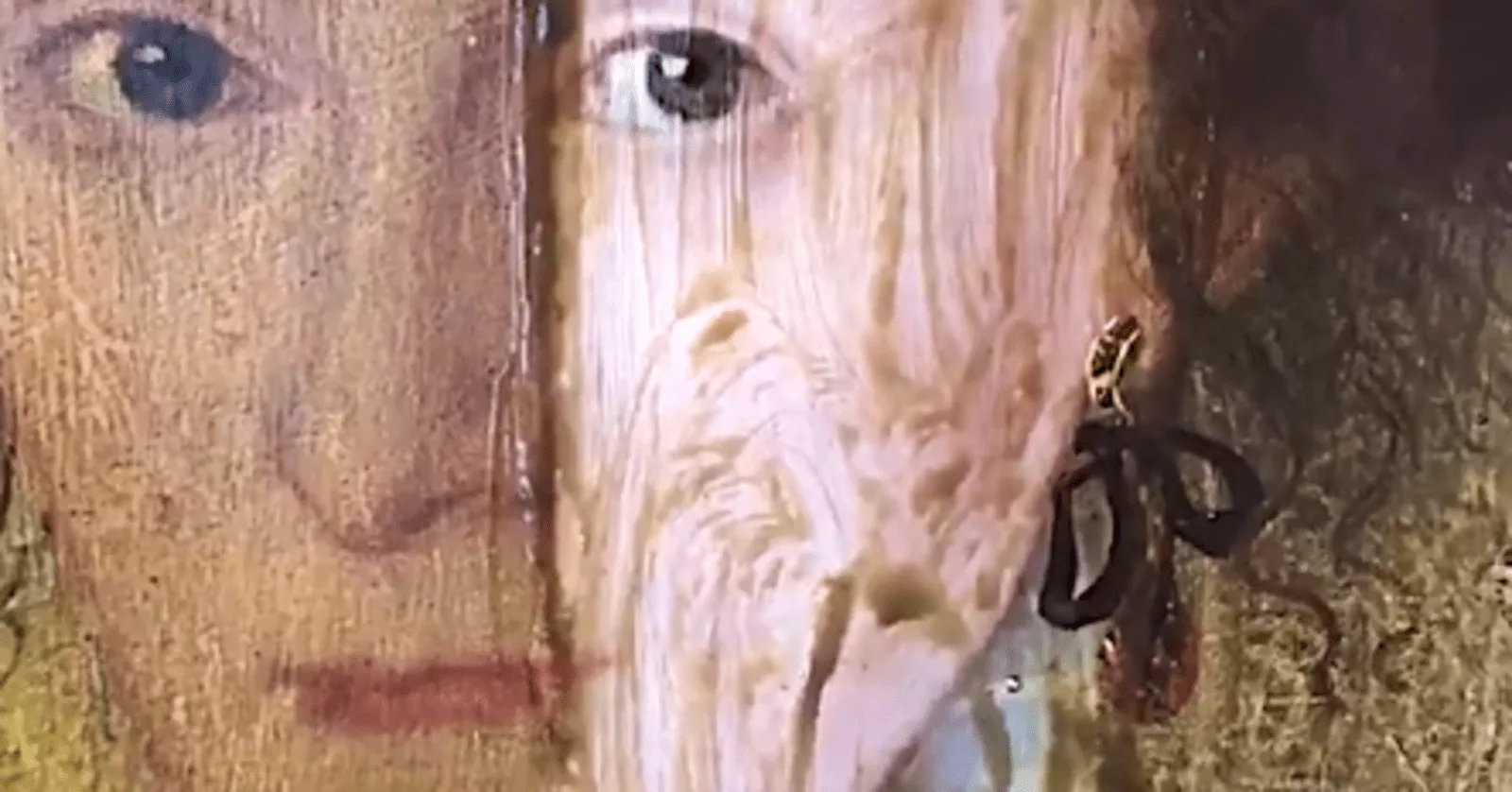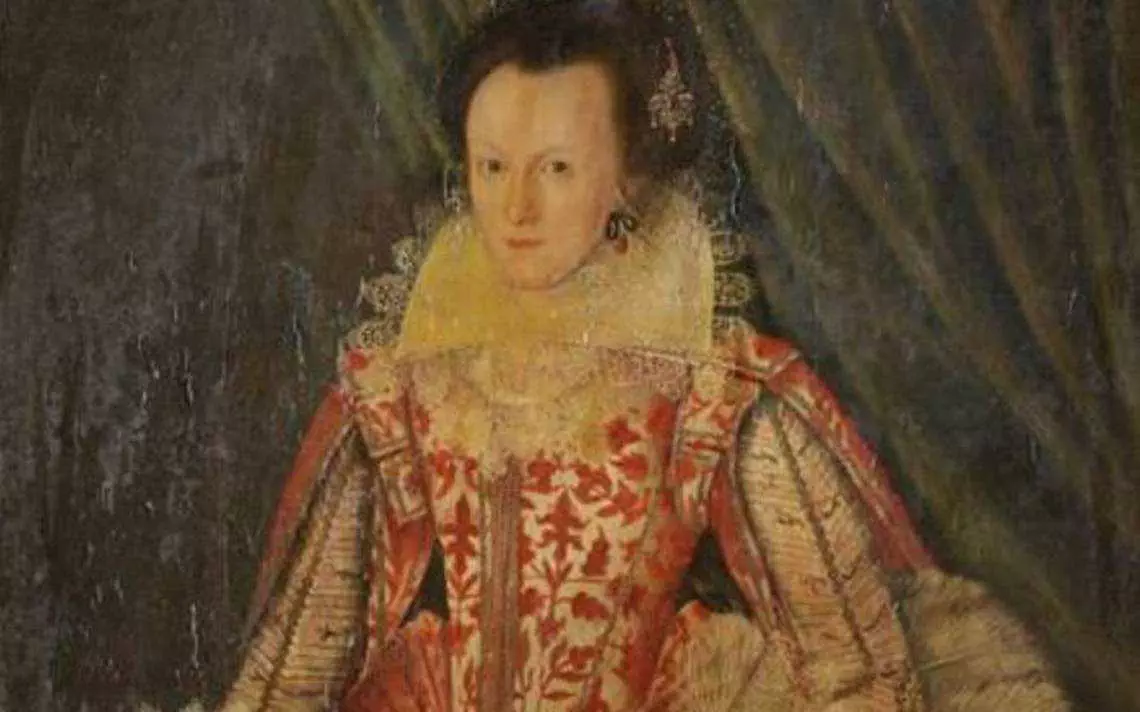
Www. 24horas. Cl
If you have ever washed a pair of your old sneakers just so that you can wear them again you will understand the significance of restoring old paintings. The ‘Woman in Red’ painting was no longer attractive, it was covered in sickly yellow patina and made the colors of the painting indistinct. Wait until you see how it looks now…

Fthmb. Tqn. Com
Portraiture, painting portraits of people, has been around for as long as painting itself. The wealthy and the powerful were mostly the ones that were represented on portraits. For example, one can find age-old examples of the U.S presidents or the British Royal family. These portraits have a lot of people interested in them.

Www. Biography. Com
The portrait era began in the Renaissance which was in the 14th century. Famous artists of the time were the likes of Michelangelo and Leonardo who changed painting forever with the new techniques and materials they used. What became equally as important was art conservation, which was about making paintings survive the test of time. Art conservators became as important as the artists themselves.

I. Ytimg. Com
In the Renaissance, tempera was initially used to make paintings but then artists started using oil paint. The oil took longer to dry which meant that artists could correct and perfect the detail in their paintings. The thickness of the paint could now differ and the artists could add different textures to their paintings. It was a dream come true.
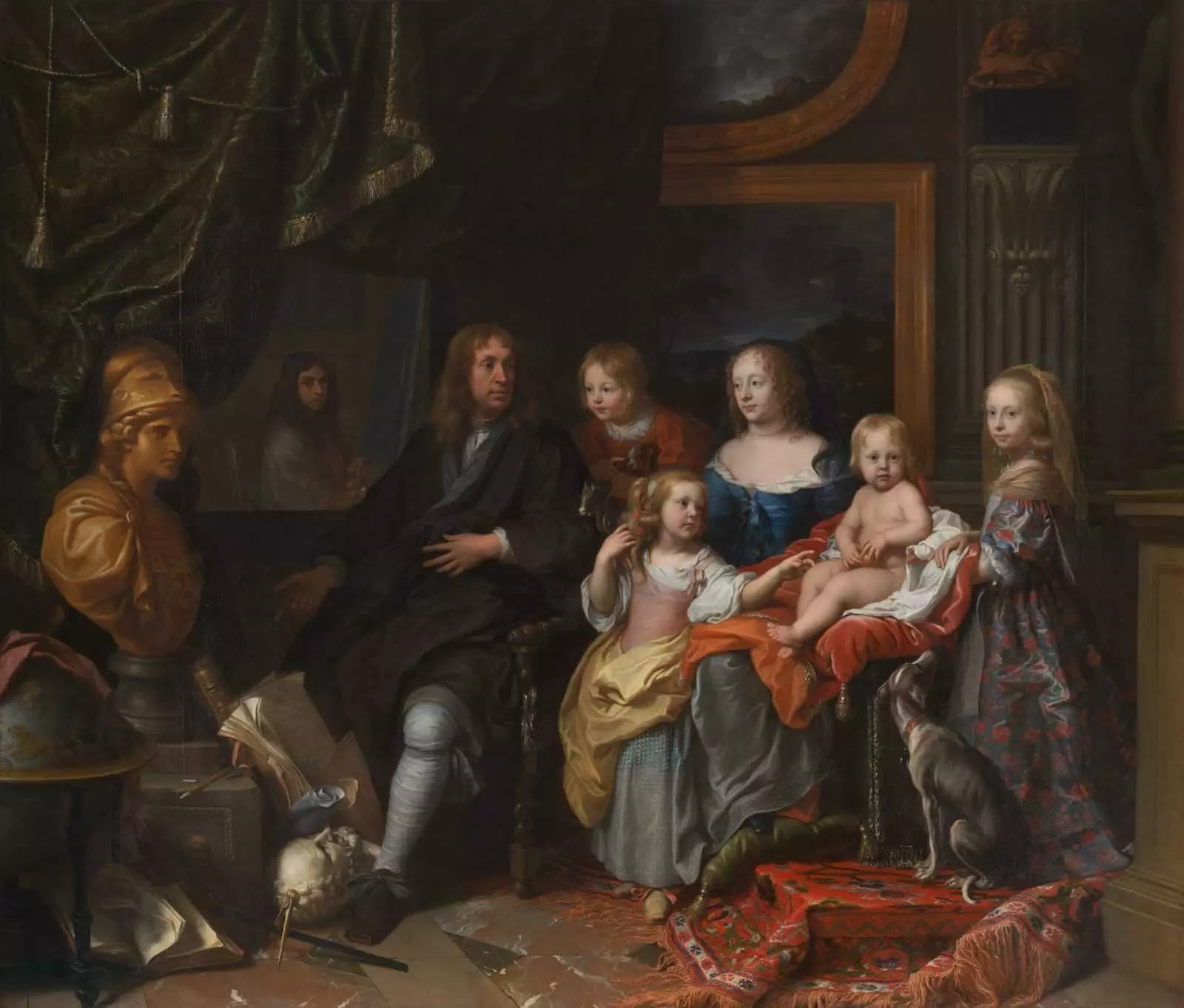
Www. Metmuseum. Org
Common subjects for portraits would be those regarded as important people. These people had to have nobility, be officials or be part of the wealthy families. They are the ones that commissioned the well-known artists to paint them and at their expense, the artists kept improving. The Renaissance era was only the beginning of the developments to be witnesses in art.
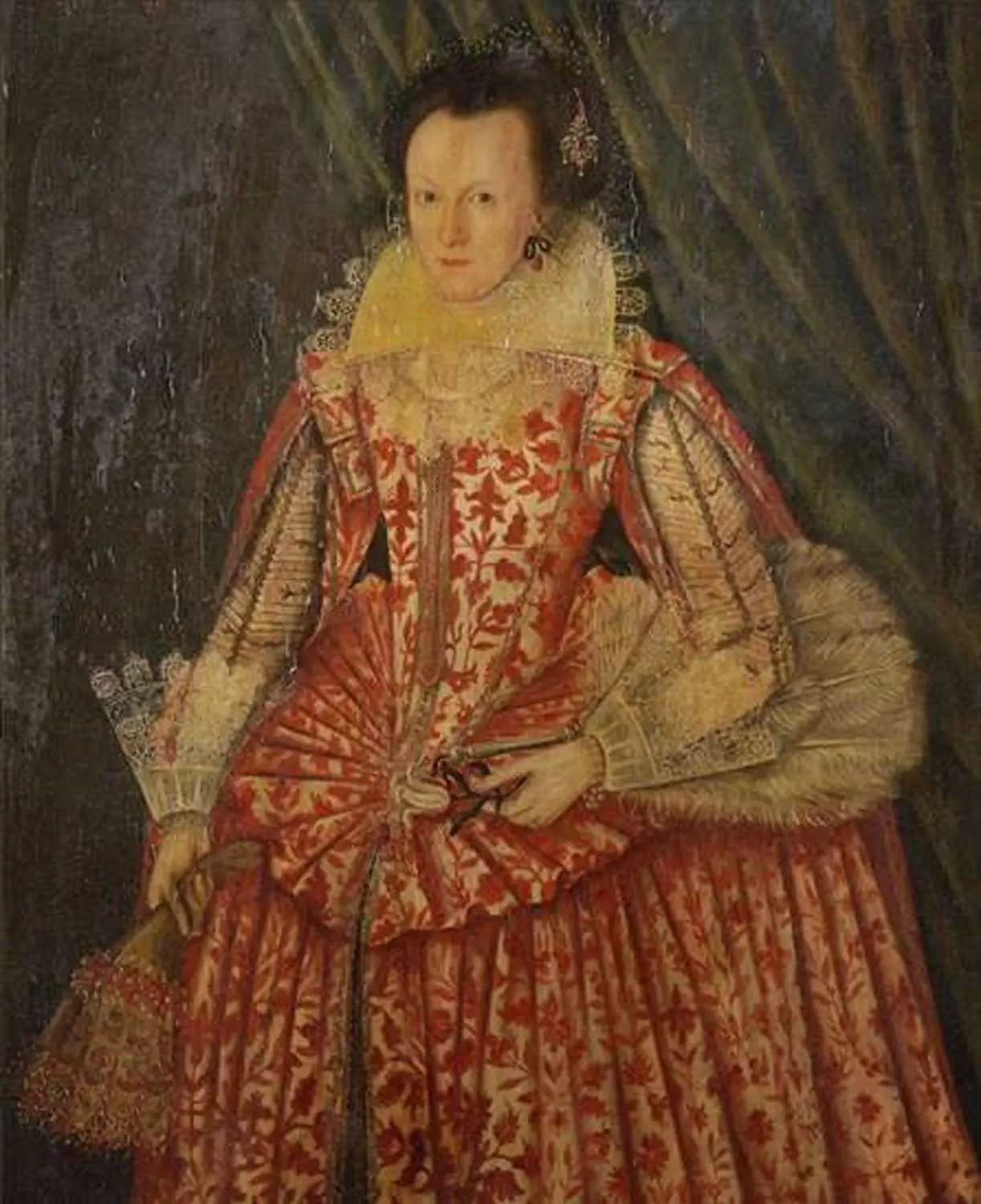
Content. Assets. Pressassociation. Io
In the Baroque period, which came after the Renaissance, portrait painting became increasingly popular. It was a way for the rich and powerful to display their wealth and status and to show off their clothes and jewelry. The “Woman in Red” painting was created in this period in 1617 and exists to this day in 2017 where it was being restored.
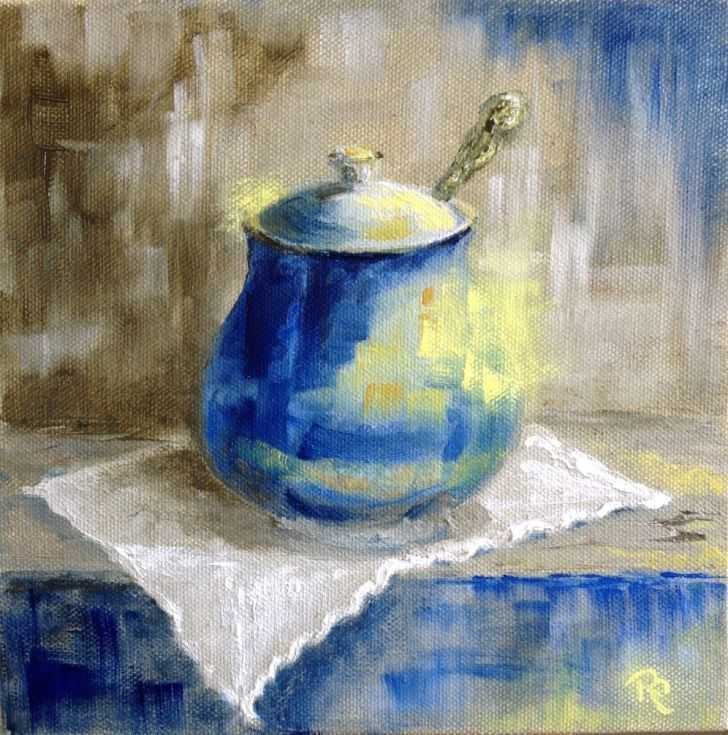
I. Pinimg. Com
As paintings became increasingly important, preservation also became important. Paintings were preserved in two ways in the Renaissance era, with a physical cover or with varnish. The varnish was made from natural ingredients which were egg and tree resins. The varnish protected the painting and added depth and richness to the colors, but over time the painting would become less desirable.
The painting would discolor and become dull and no longer have enhanced colors. Dust and grime would collect on the varnish that is protecting the painting giving the painting a yellow and opaque look. To add onto that, cleaning centuries of old varnish is a painstaking process and this is why painting conservators are called magicians of the art world.

Avalonuk. Com
What painting conservators do require special knowledge and skill, and this became apparent when Phillip Mould tasked himself with the huge responsibility of cleaning the “Woman in Red painting”. Phillip Mould is not a professional conservator, but a celebrity art dealer. He is also the presenter of Antiques Roadshow on BBC. So what made him qualified to restore an age-old painting?

Www. Monstermedals. Com
Mould has found lost masterpieces before and in 2005 he was awarded the Order of the British Empire for his contribution to the arts. So, when he went to Twitter and showed the world as he removed a dirt layer off the “Woman in Red” painting he surely expected nothing but applause for reconstructing such a historically rich painting.

Upload. Wikimedia. Org
The painting was originally in a private collection in England, but Mould bought it at an auction. The painting was done by a lead painter in the Jacobean period which is the same period William Larkin lived in, but the painting was not done by William Larkin. So how was this non-professional conservator restoring a painting made by a professional?
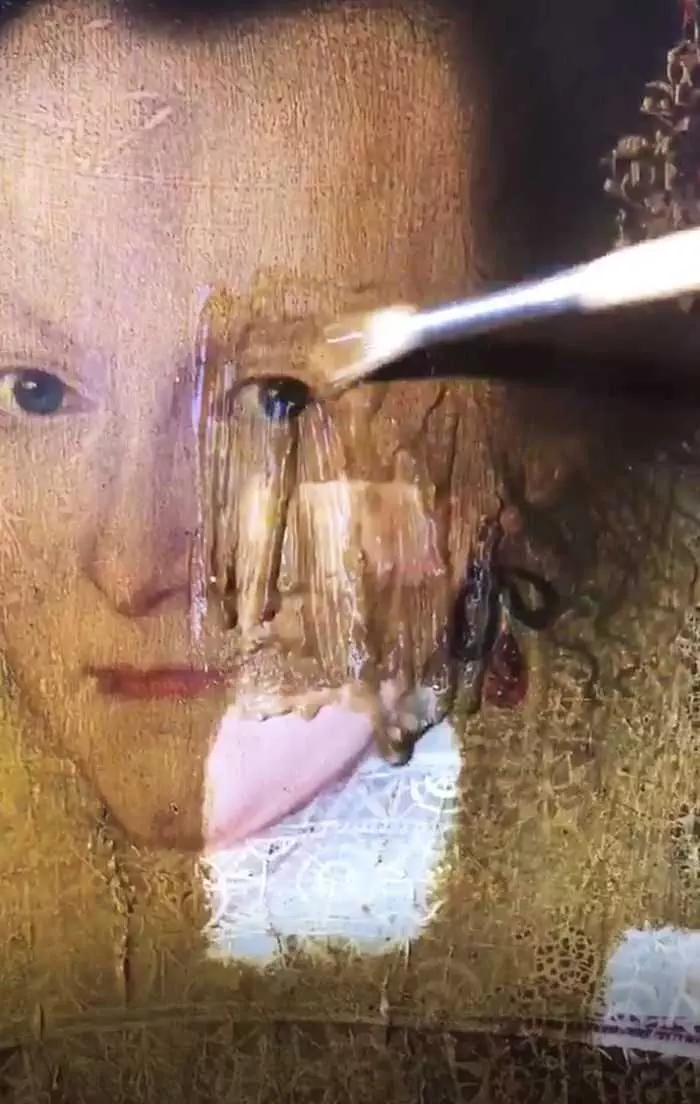
Static. Boredpanda. Com
On the video he posted on social media, Mould was seen applying a substance to the painting, scrubbing it with a brush, and then wiping off the scummy layer with a cotton swab. He said that he mixed a gel and a solvent to get a substance that would be able to remove the varnish protecting the painting.

Static. Boredpanda. Com
The process of restoring a painting is very long and difficult. Layers need to be removed under a magnifying glass because any mistakes that are made cannot be undone. The conservator has to take photos and make notes documenting the restoration throughout the whole process. The use of gel, which Mould did, has recently developed as a more controllable way to restore paintings.
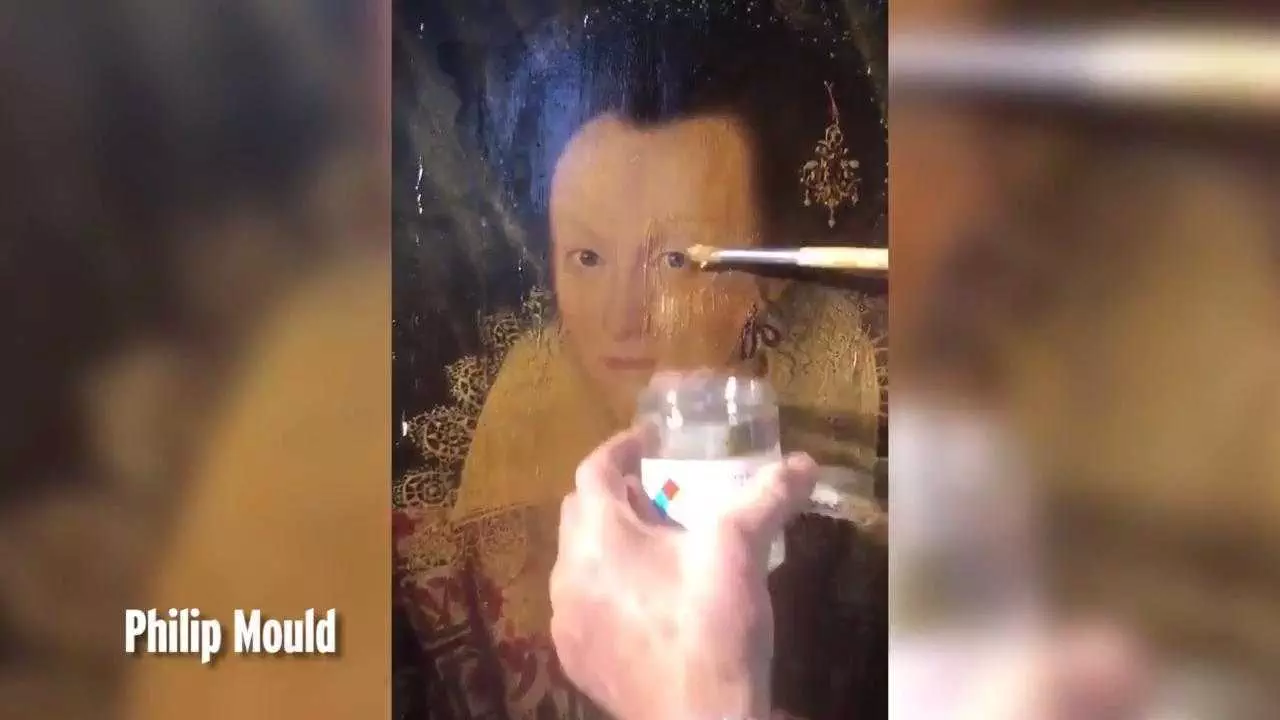
Brightcove04pmdo-a. Akamaihd. Net
Not everyone was happy with the way Mould handled the painting. Two critiques came from professional conservators, one said, “When I saw this video the first time, after about 10 seconds, I just had to turn it off because I couldn’t watch it anymore” and another said “It’s an unfortunate thing that it’s gone viral when there are a lot of other things that would be far more representative”
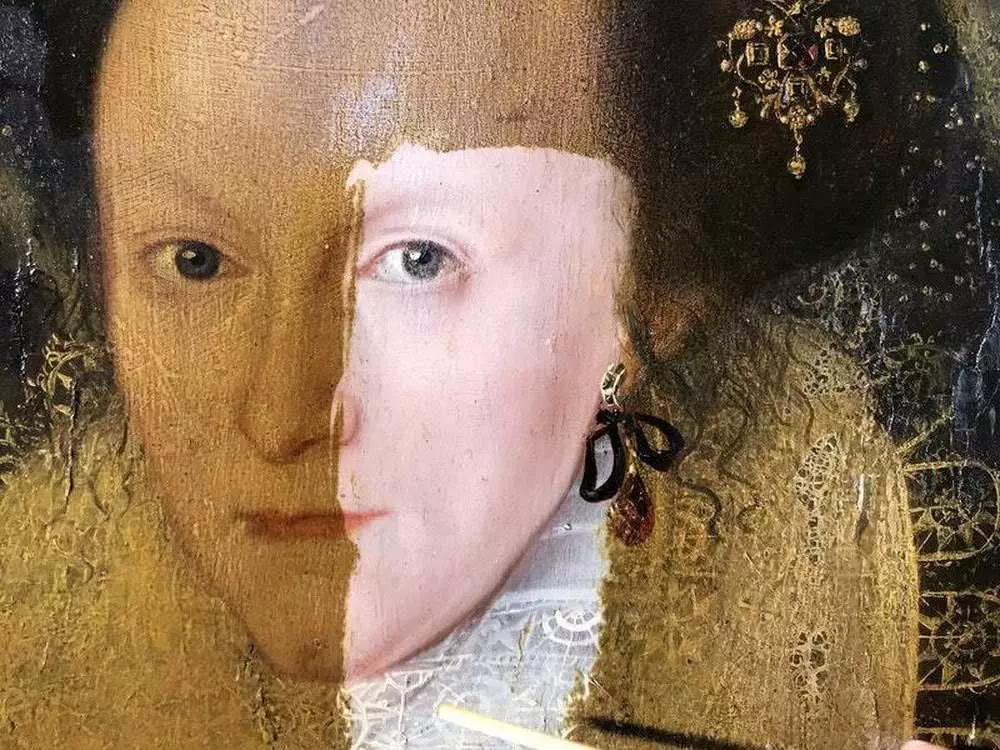
Www. Expressandstar. Com
Those that did not agree with Mould were worried that applying a ‘quick fix’ would ruin the painting in the long-run, but Mould assured people that the substance he used went through a lot of testing before he decided to use it on a classic painting. Nonetheless, the “Woman in Red” has been restored.

